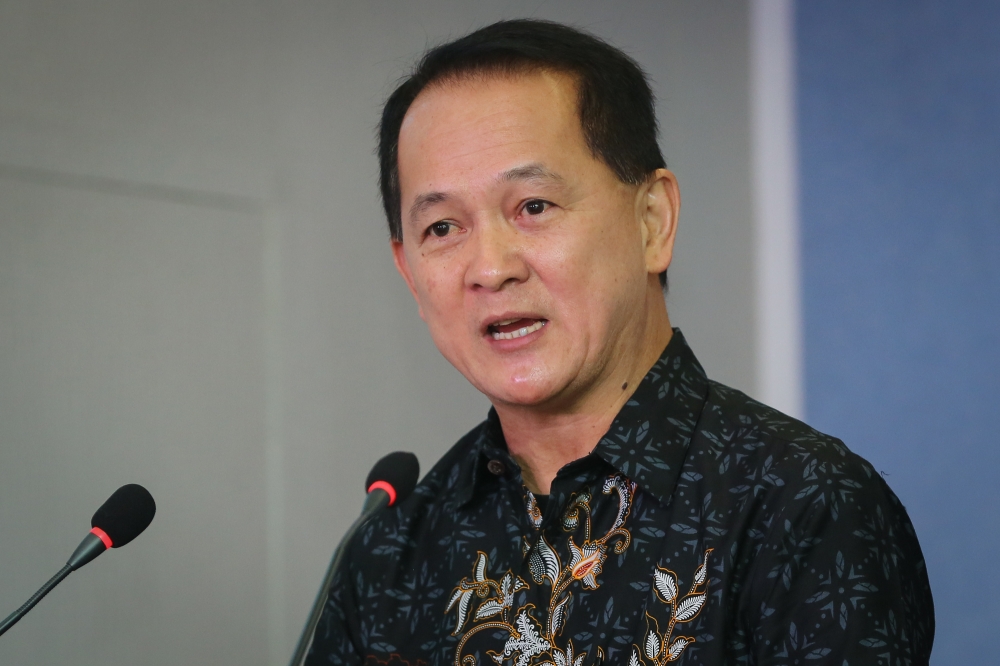SUBANG JAYA, Feb 15 — The Subang Jaya Medical Centre (SJMC) and Malaysian Society of Anaesthesiologists (MSA) have joined the Ministry of Health’s (MoH) Global Surgery Initiative to provide surgical care to medically under-served parts of Malaysia.
Dr Gunalan Palari Arumugam, chairman of SJMC’s Medical Advisory Board, said the participation would benefit parts of the country, especially in Sabah and Sarawak, determined as needing extra support for the provision of surgical services.
“Through this corporate social responsibility project, two outreach programmes are planned. The first will coincide with the 1st Global Surgery Conference in Kuching, Sarawak in March 2023, followed by the second in July 2023, also in Kuching, Sarawak.
“The district hospitals, preferably with fewer than 100 beds and with minimum access to specialist-level care, will be identified together with the Sarawak State Health Department,” said Dr Arumugam during the event to announce the participation today.
He added that this project will see healthcare professionals from private sector joining forces with public health system to identify district hospitals that are not able to meet the demand for surgical and anaesthetic procedures.

The initiative was started in 2019 under the MoH, and has mainly been used to train the government’s district hospital staff in the area of surgery and anaesthesia in order to remove the load from larger hospitals, thereby allowing them to focus on providing specialist-level medical care.
Health director-general Dr Noor Hisham Abdullah added that the Global Surgery Initiative has helped to address delays in public health care, reducing the time taken to seek and receive medical procedures.
He added that up to 40 per cent of the surgeries identified by MoH could be performed by medical officers, and offloading these to non-emergency facilities and district hospitals can significantly reduce the burden of state hospitals.
He noted that Selayang Cataract Surgery Centre, a project under this initiative, had been singled out for praise by Dr Takeshi Kasai, the regional director of the World Health Organisation (WHO), during his visit to Malaysia.
“I realised that cataract surgery was done under local anaesthesia. If that’s the case why use our general theatre to do it?
“We brought the operation out of the hospital into the local community, and Dr Kasai was shocked to see that we have a shop lot next to a coffee shop that has two operating theatres,” said Dr Hisham, adding that the surgery centre has performed over 25,000 cataract surgeries over the last ten years.
He also highlighted that the wait time for cataract surgery in Selayang Hospital has been cut from six months to just three as a result.
The event was also attended by Dr Ina Ismiarti Shariffudin who is the president of MSA; Marzida Mansor the president of the College of Anaesthesiologists, Academy of Medicine Malaysia (AMM); and SJMC chief executive officer Bryan Lin.






















